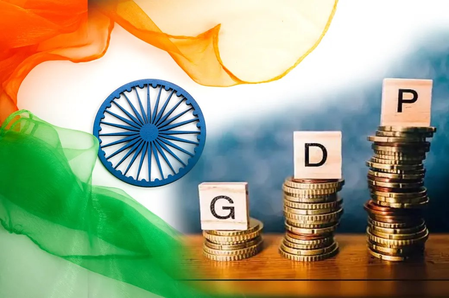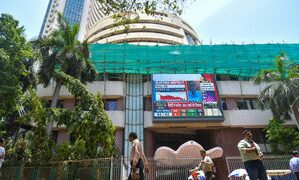New Delhi, 22 April (IANS). The International Monetary Fund has reduced the development forecast of the global economy for this year by 0.5 percent to 2.8 percent, citing trade tension and uncertainties arising from ‘Trump-Taurif’. However, he has hoped that despite all the obstacles, India’s GDP growth rate will be above six percent.
The IMF on Tuesday released the World Economic Access (WEO) of April 2025 in Washington. It said, “Immediately after the WEO update of January 2025, the US made several announcements of tariffs on major business partners and important areas. For this reason, we hope that the rapid increase in both tariffs and uncertainty on April 2 will reduce a significant decrease in global development in the near future.”
It has estimated the global growth rate to be 2.8 percent in 2025 and three percent in 2026, both are less than 3.3 percent of the January update.
Outlook is estimated to increase the Indian economy at 6.2 percent in 2025 and 6.3 percent in 2026. In January 2025, before the declarations of tariffs by the Trump administration, the IMF kept India’s development estimate for both years stable at 6.5 percent.
The report stated, “The forecast of development for India in 2025 is relatively more stable at 6.2 percent, which is supported in private consumption, especially in rural areas.”
China’s development estimate has been reduced to 4.0 percent for 2025 and 4.6 percent for next year. At the same time, the US is expected to have more impact this year with 1.8 percent GDP growth forecast in 2026 and 1.7 percent GDP growth.
The Reserve Bank of India estimated a 6.5 percent GDP increase for FY 2025-26 in a statement released after the Monetary Policy Committee meeting earlier this month. This is 20 basis points lower than the central bank’s February forecast due to the global “uncertainties” arising out of the increase in US tariffs.
The IMF released an estimate of just 1.7 percent increase in global trade in 2025, which is 1.5 percent less than the January 2025 forecast.
The report stated, “This forecast shows an increase in tariff restrictions affecting trade flow and to some extent, also shows the low impacts of cyclic factors, which have recently managed the increase in goods trade.”
-IANS
Acade/






